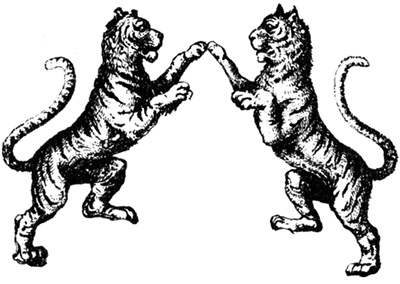
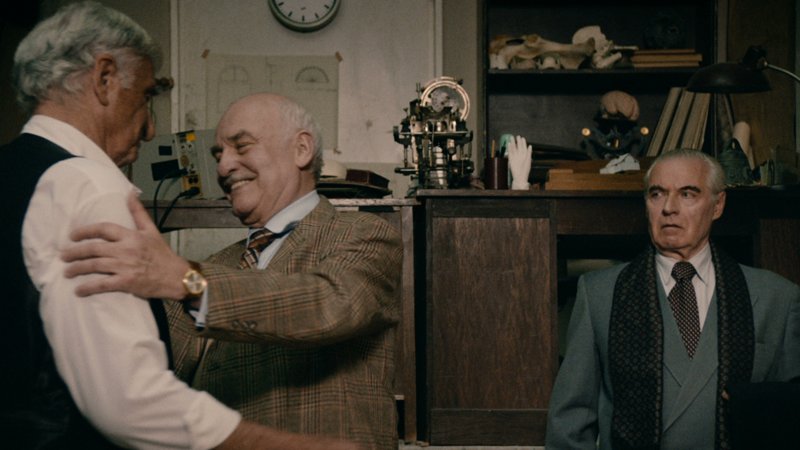
As From Afar (Wie aus der Ferne)
2013
26,49 min / HD video
In his biography about Simon Wiesenthal, the Israeli historian Tom Segev writes about what he describes as Wiesenthal’s strangest relationship: his friendship with Albert Speer. Speer who was the third Reich’s chief architect and one of Hitler’s closest friends took responsibility and showed remorse for the Nazi’s crimes. After serving 20 years in prison he made efforts to clear his name and became a public persona with the help of his successful autobiography. One of the efforts to clean his name was to make contact with Simon Wiesenthal. Wiesenthal, an architect himself who dedicated his life to locating and bringing Nazi criminals to justice after his release from a concentration camp, saw this connection as an opportunity to access information about the third Reich but also as a small victory for himself as a holocaust survivor. A short film about Simon Wiesenthal and Albert Speer’s relationship which were expressed through letters exchange and occasional meetings in Vienna during the 1970s through a lens of a short text by Ludwig Wittgenstein about memory images and it’s connection to the Holocaust memory discourse and it’s representation in film. The film combines fictive scenes of a meeting between Wiesenthal and Speer and documentary based material like letters contents, biographies and interviews that the two gave.
2013
26,49 min / HD video
In his biography about Simon Wiesenthal, the Israeli historian Tom Segev writes about what he describes as Wiesenthal’s strangest relationship: his friendship with Albert Speer. Speer who was the third Reich’s chief architect and one of Hitler’s closest friends took responsibility and showed remorse for the Nazi’s crimes. After serving 20 years in prison he made efforts to clear his name and became a public persona with the help of his successful autobiography. One of the efforts to clean his name was to make contact with Simon Wiesenthal. Wiesenthal, an architect himself who dedicated his life to locating and bringing Nazi criminals to justice after his release from a concentration camp, saw this connection as an opportunity to access information about the third Reich but also as a small victory for himself as a holocaust survivor. A short film about Simon Wiesenthal and Albert Speer’s relationship which were expressed through letters exchange and occasional meetings in Vienna during the 1970s through a lens of a short text by Ludwig Wittgenstein about memory images and it’s connection to the Holocaust memory discourse and it’s representation in film. The film combines fictive scenes of a meeting between Wiesenthal and Speer and documentary based material like letters contents, biographies and interviews that the two gave.
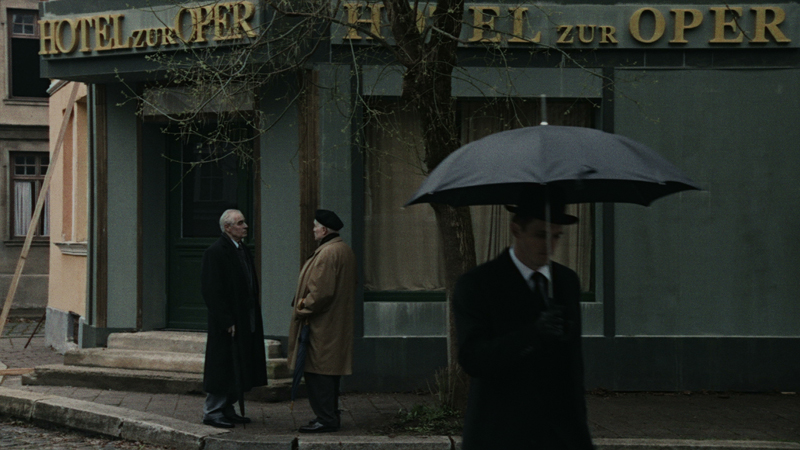
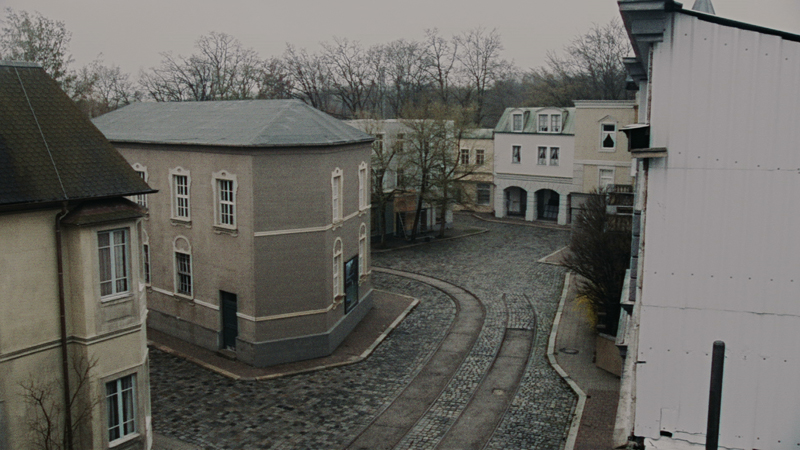
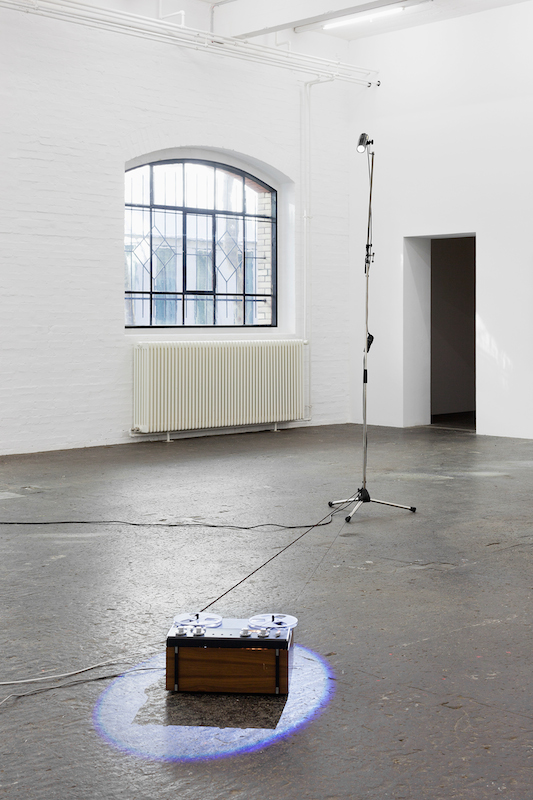
Aus: Gespräche V. John Cage/Morton Feldman, Radio Happenings I-V, 16. Januar 1967
2013
tape recorder player, tape, microphone stand, spot light, speaker
Dimensions variable
2013
tape recorder player, tape, microphone stand, spot light, speaker
Dimensions variable
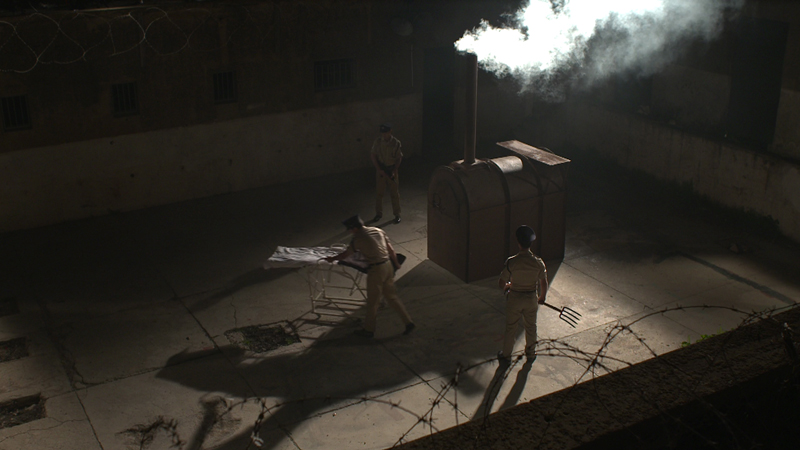
Nacht und Nebel
2011
22 min / HD video
Fifty years ago on April 11, 1961, the trial of Adolf Eichmann began. He was tried in an Israeli court and charged for committing crimes against humanity and war crimes and was convicted and executed by hanging on May 31, 1962. On a night, between the 31st of May and the 1st of June 1962 shortly after the execution and the cremation of the body, a group of police officers sailed on a boat 6 miles out of the shores of Jaffa port. Their mission was to scatter Eichmann’s ashes into the international waters of the Mediterranean Sea. The purpose of the highly secret mission was to ensure that there could be no future memorial and that no nation would serve as his final resting place. Based on an interview Dani Gal made with Michael Goldman, a Holocaust survivor who was one of the policemen on the boat, the film re-enacts the scene of the group of policemen sailing on a dark foggy night with Eichmann’s ashes in a jug of milk.
2011
22 min / HD video
Fifty years ago on April 11, 1961, the trial of Adolf Eichmann began. He was tried in an Israeli court and charged for committing crimes against humanity and war crimes and was convicted and executed by hanging on May 31, 1962. On a night, between the 31st of May and the 1st of June 1962 shortly after the execution and the cremation of the body, a group of police officers sailed on a boat 6 miles out of the shores of Jaffa port. Their mission was to scatter Eichmann’s ashes into the international waters of the Mediterranean Sea. The purpose of the highly secret mission was to ensure that there could be no future memorial and that no nation would serve as his final resting place. Based on an interview Dani Gal made with Michael Goldman, a Holocaust survivor who was one of the policemen on the boat, the film re-enacts the scene of the group of policemen sailing on a dark foggy night with Eichmann’s ashes in a jug of milk.
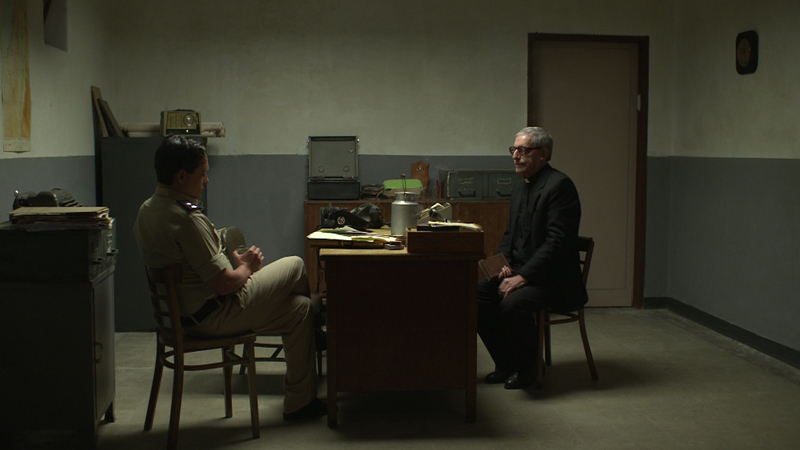
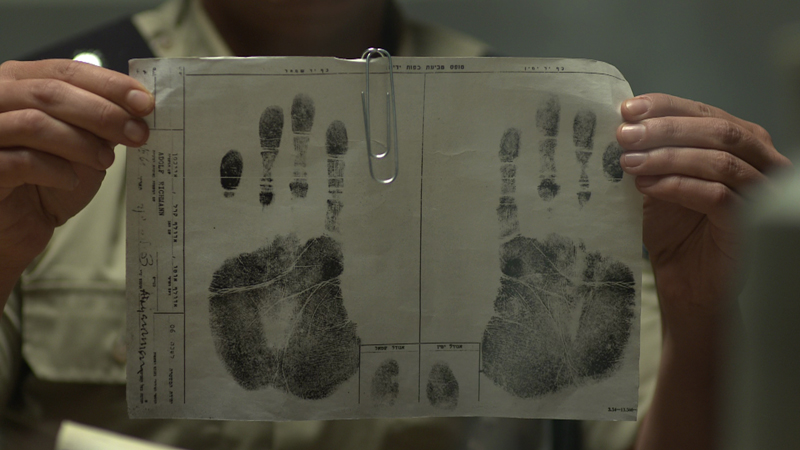

The record archive
2005, In progress
Vinyl records / Dimensions variable
Gal’s record archive is an ongoing project of collecting vinyl records that sound document historical events of the twentieth century. The archive contains speeches and interviews by world leaders, wars in sound, peace agreements, human rights struggles and other radio broadcasts of the events that shaped history from the invention of the phonograph to the fall of the Berlin wall. The phenomena of records that document political and historical events was popular from the 50’s until the late 80’s Most of the records had direct connection to propaganda and for the shaping of a national historical narratives. The collection underlines how a society turns its historical events into commodities and how sound documentation functions in relation to collective memory. (Installation views Istanbul Biennial 2011)
2005, In progress
Vinyl records / Dimensions variable
Gal’s record archive is an ongoing project of collecting vinyl records that sound document historical events of the twentieth century. The archive contains speeches and interviews by world leaders, wars in sound, peace agreements, human rights struggles and other radio broadcasts of the events that shaped history from the invention of the phonograph to the fall of the Berlin wall. The phenomena of records that document political and historical events was popular from the 50’s until the late 80’s Most of the records had direct connection to propaganda and for the shaping of a national historical narratives. The collection underlines how a society turns its historical events into commodities and how sound documentation functions in relation to collective memory. (Installation views Istanbul Biennial 2011)
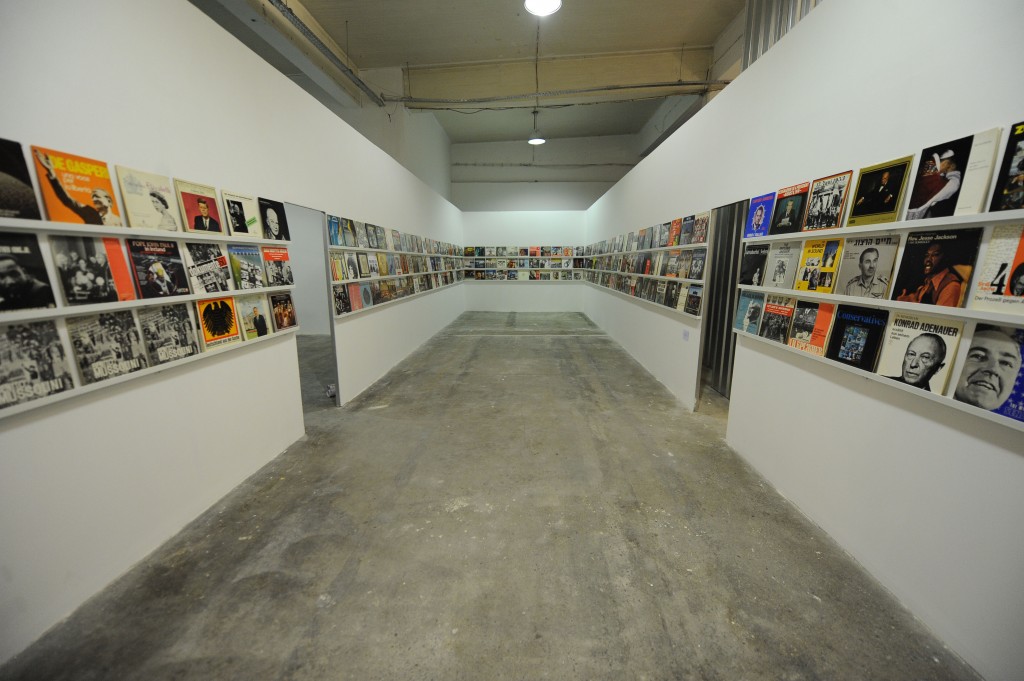
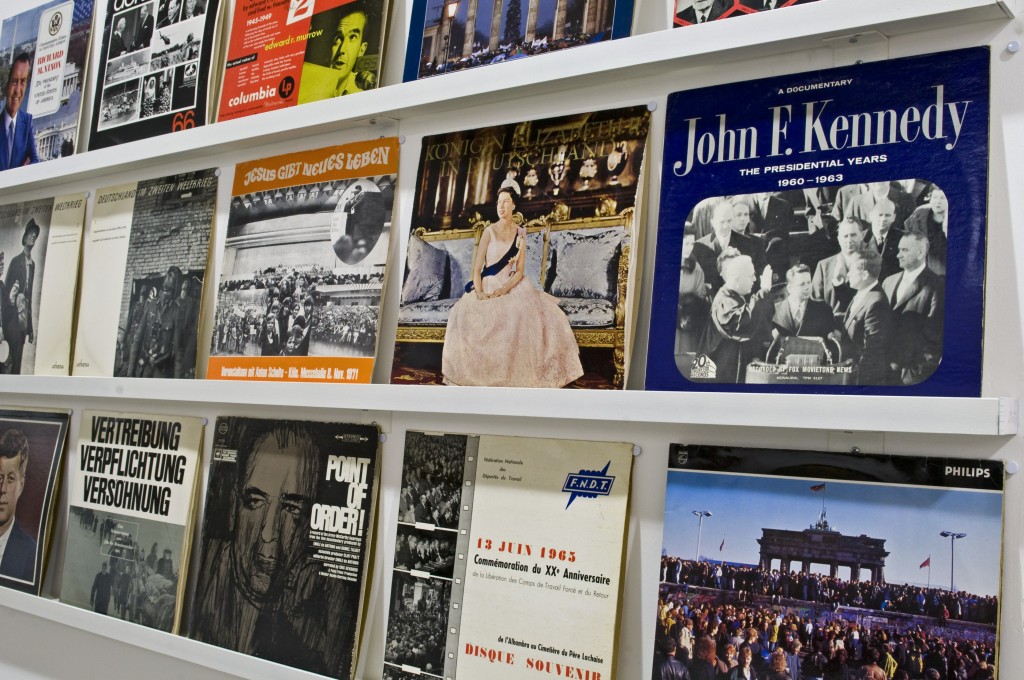
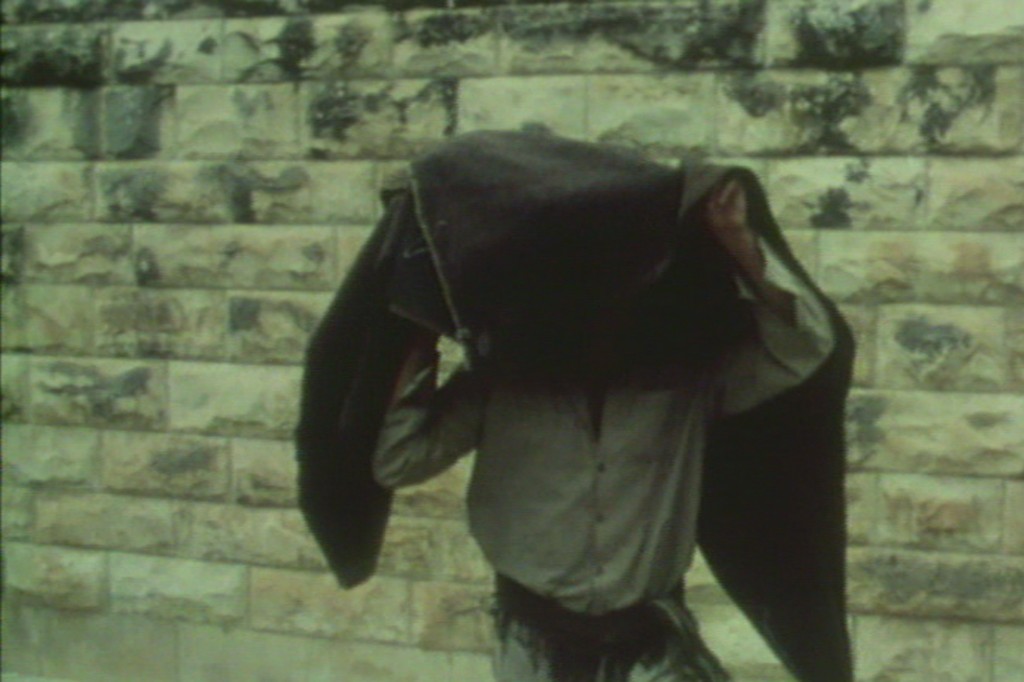
Zen For TV And The Birth Of The Palestinian Refugee Problem
2010
Black and white video, sound installation / slide projection. 22,34 min / 80 slides
The work derives from a controversy around the classic Hebrew novella Khirbet Khizeh by Israeli author S. Yizhar published in 1949, in which he described the expulsion of Palestinian Arabs from their village by the Israeli Army during the 1948 Arab-Israeli War. The story became a bestseller, was included in the Israeli high school curriculum in 1964 and adapted into the television film in 1978, titled “Khirbet Khizeh”. On February 15th, 1978, the film should have been shown on the Israeli TV. 90 minutes before the showing of the film it has been cancelled by the Minister of Education and Culture due to its content shedding doubt on the Zionist narrative. The unprecedented cancellation of a TV show through the government prompted protests against censorship from a coalition of artists, authors, lawyers, parliament members, journalists and TV technicians. However, the public polemic for and against airing the film became a fight for the freedom of information rather than an argument about the content of the film. As result of this, TV newsmen vented their feelings by letting Israeli screens go dark for 50 minutes-the length of the controversial film, on the day after the Minister’s order.
2010
Black and white video, sound installation / slide projection. 22,34 min / 80 slides
The work derives from a controversy around the classic Hebrew novella Khirbet Khizeh by Israeli author S. Yizhar published in 1949, in which he described the expulsion of Palestinian Arabs from their village by the Israeli Army during the 1948 Arab-Israeli War. The story became a bestseller, was included in the Israeli high school curriculum in 1964 and adapted into the television film in 1978, titled “Khirbet Khizeh”. On February 15th, 1978, the film should have been shown on the Israeli TV. 90 minutes before the showing of the film it has been cancelled by the Minister of Education and Culture due to its content shedding doubt on the Zionist narrative. The unprecedented cancellation of a TV show through the government prompted protests against censorship from a coalition of artists, authors, lawyers, parliament members, journalists and TV technicians. However, the public polemic for and against airing the film became a fight for the freedom of information rather than an argument about the content of the film. As result of this, TV newsmen vented their feelings by letting Israeli screens go dark for 50 minutes-the length of the controversial film, on the day after the Minister’s order.

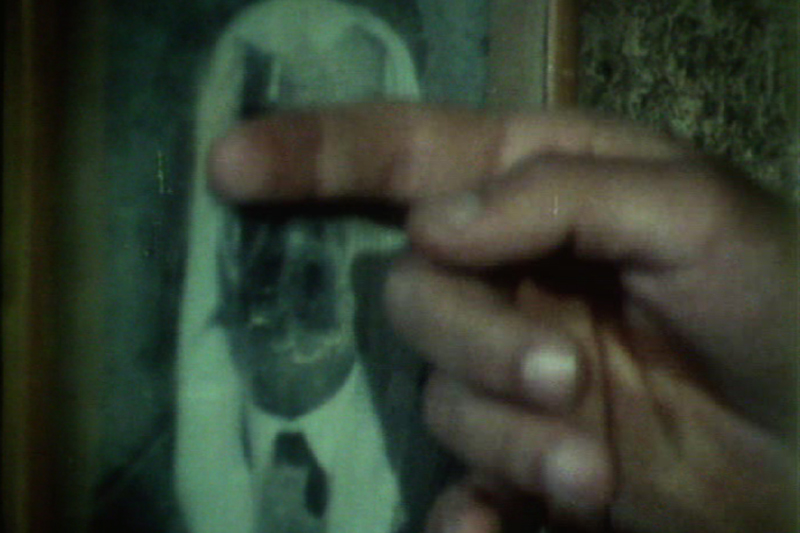
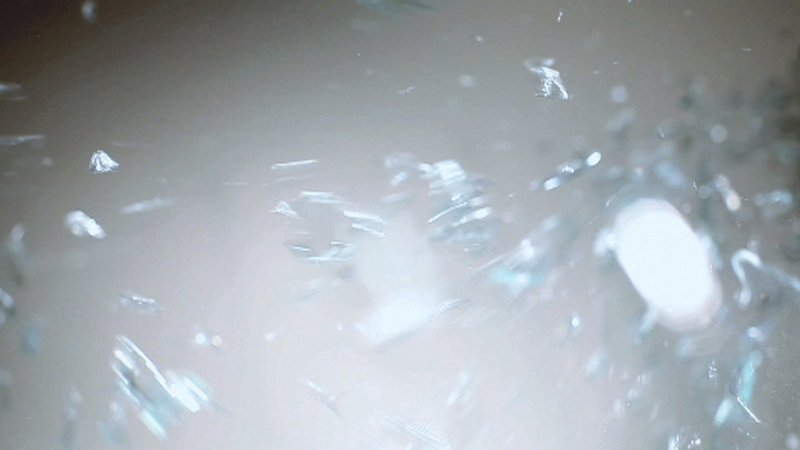
Dumitrescu’s dream
2010
HD video
15,47 min
2010
HD video
15,47 min
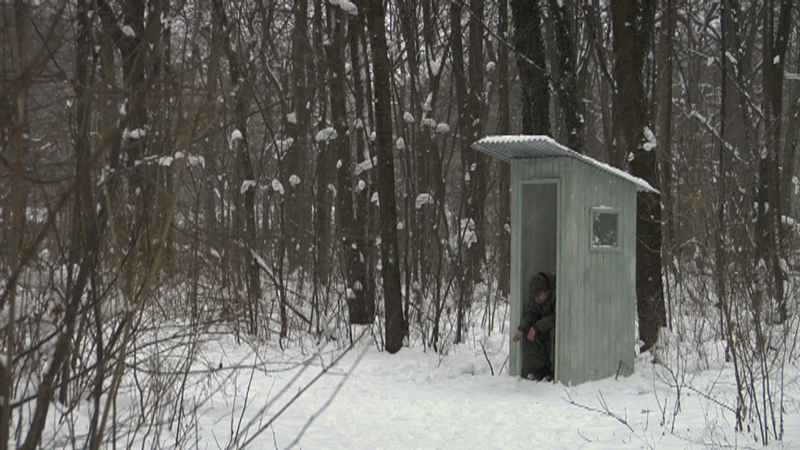
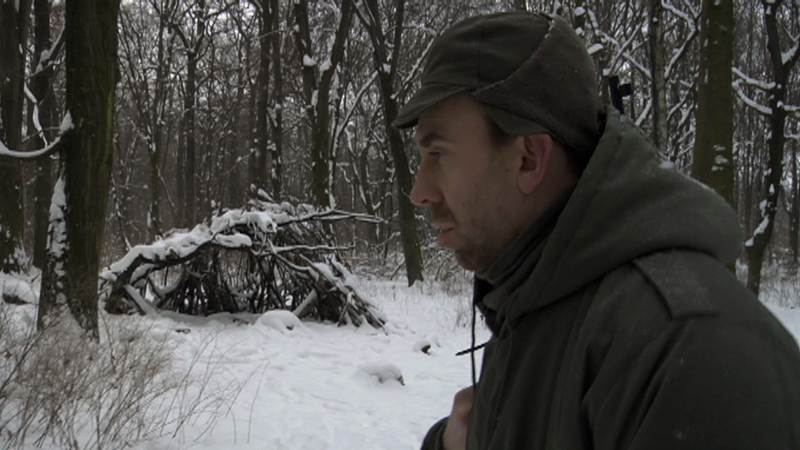
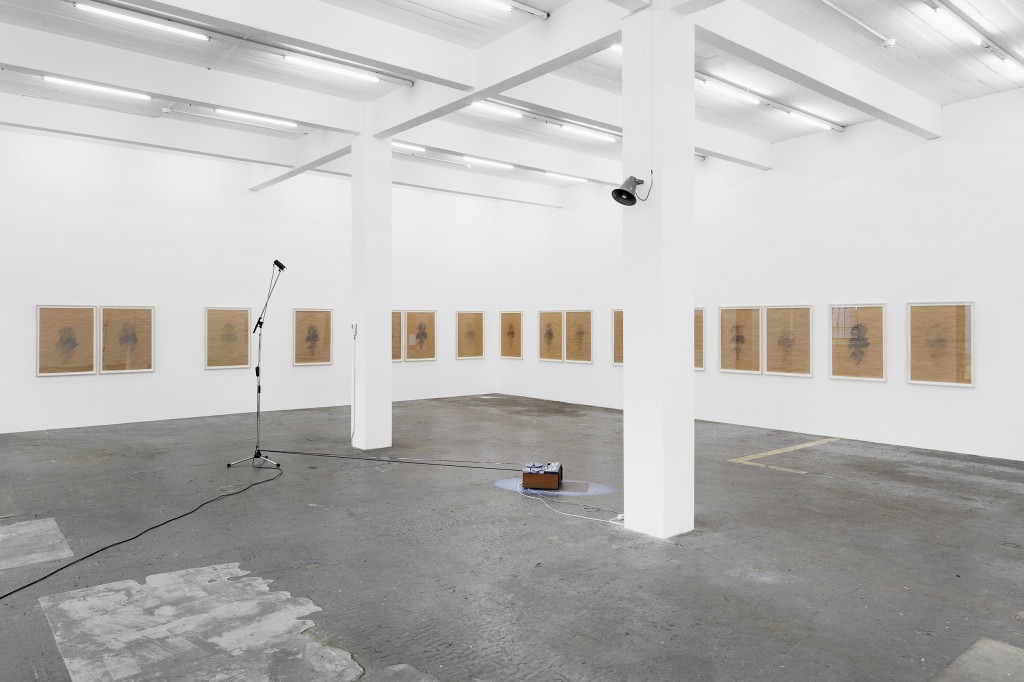
Rudiments (Swiss Army Triplet Version)
2010 – 2013
Installation of 20 framed pencil rubbings
Installation view Kunsthalle St. Gallen 2013
2010 – 2013
Installation of 20 framed pencil rubbings
Installation view Kunsthalle St. Gallen 2013
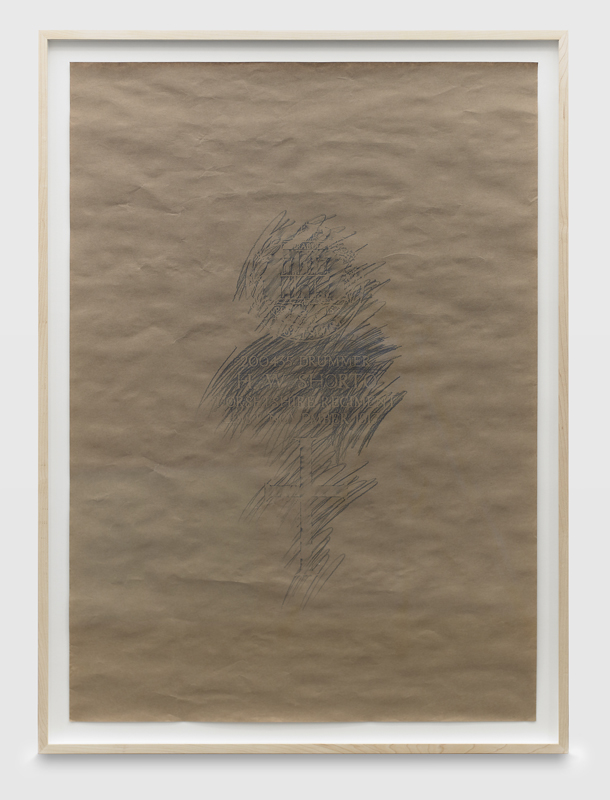
Rudiment Series
2010
Pencil rubbing on paper
110 x 80 cm
2010
Pencil rubbing on paper
110 x 80 cm

untitled (from the Coupon Series)
2009
Pigment print on newsprint
46 x 30 cm
2009
Pigment print on newsprint
46 x 30 cm
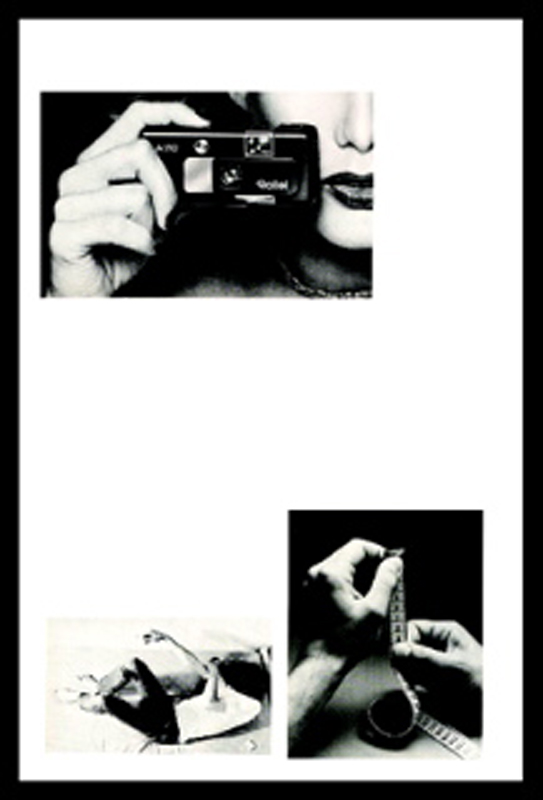
untitled (from the Coupon Series)
2009
Pigment print on newsprint
46 x 30 cm
2009
Pigment print on newsprint
46 x 30 cm
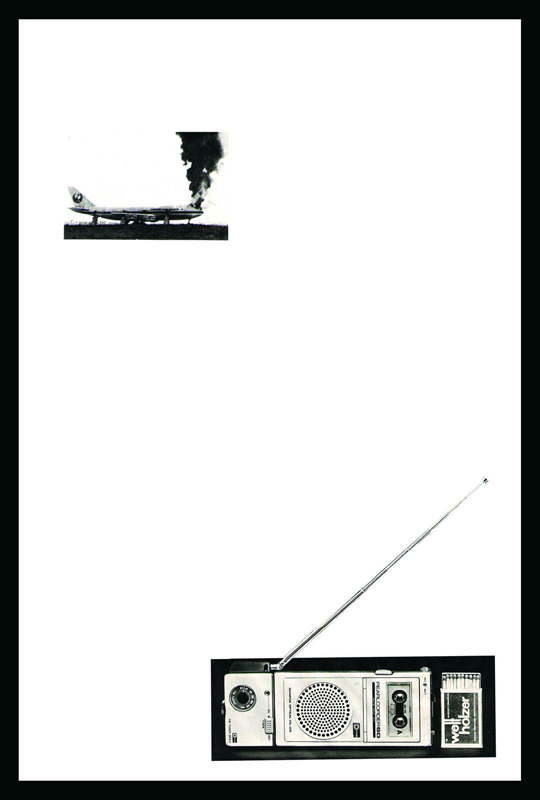
untitled (from the Coupon Series)
2009
Pigment print on newsprint
46 x 30 cm
2009
Pigment print on newsprint
46 x 30 cm
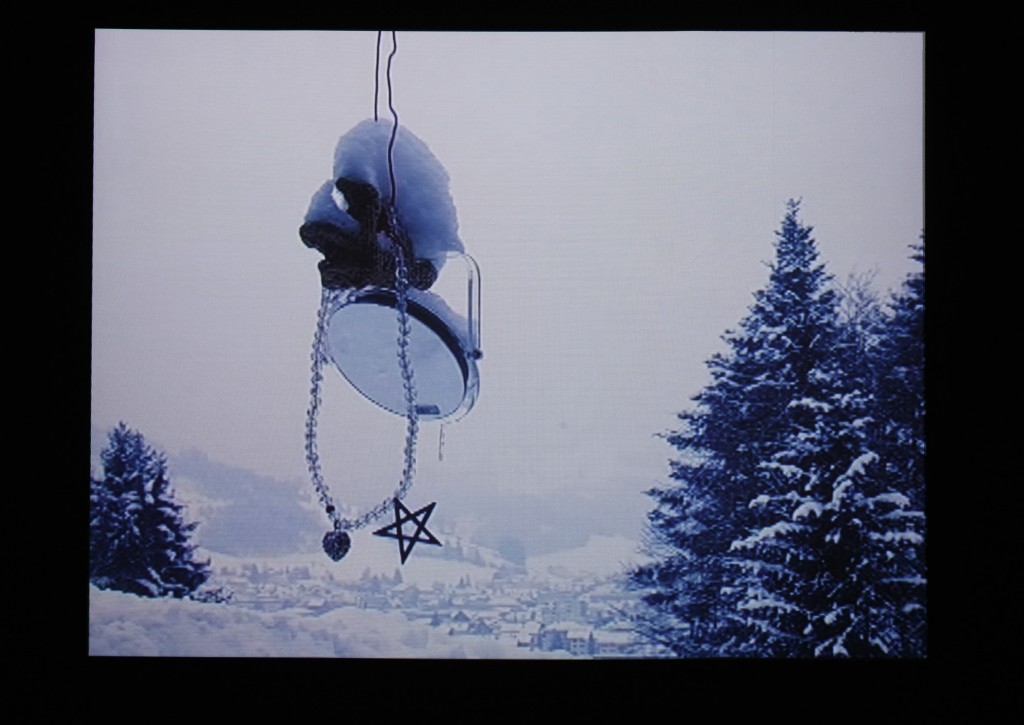
Black Magic Marker
2009
27,40 min / DV-Video
Black Magic Marker’ (2009) shows music producer Lee ‘Scratch’ Perry in his current residence at Einsiedeln (Switzerland). The Lee Perry operated Black Ark Studio in Kingston, and its unique sounds central to the progression and promotion of the Jamaican music scene, mysteriously went up in flames in 1979. Scratch Perry, known as the ‘Upsetter’, psalmodises, in the midst of walls strewn with characters strongly reminiscent of his former studio, on divine power, animalistic objects and the power of symbols and words to become reality.
2009
27,40 min / DV-Video
Black Magic Marker’ (2009) shows music producer Lee ‘Scratch’ Perry in his current residence at Einsiedeln (Switzerland). The Lee Perry operated Black Ark Studio in Kingston, and its unique sounds central to the progression and promotion of the Jamaican music scene, mysteriously went up in flames in 1979. Scratch Perry, known as the ‘Upsetter’, psalmodises, in the midst of walls strewn with characters strongly reminiscent of his former studio, on divine power, animalistic objects and the power of symbols and words to become reality.
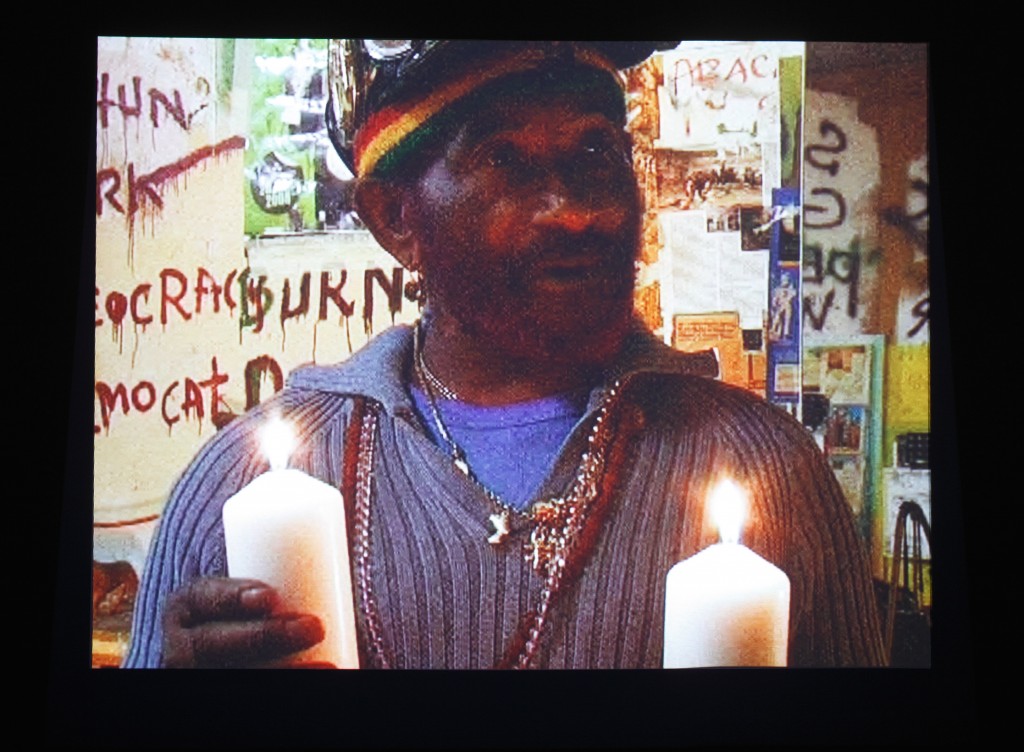
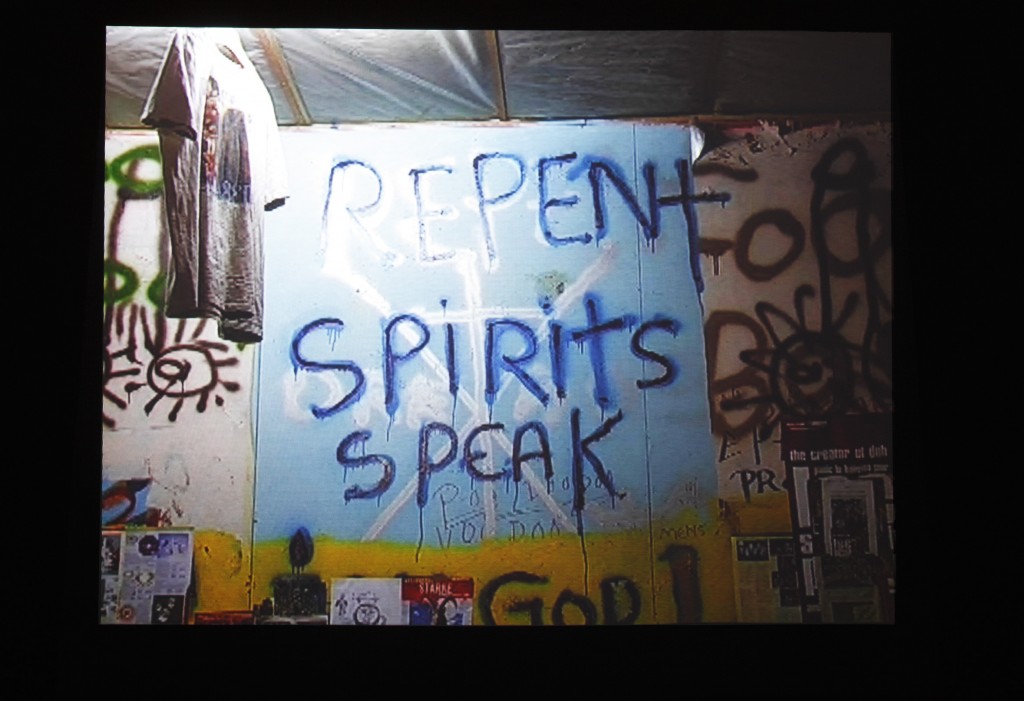
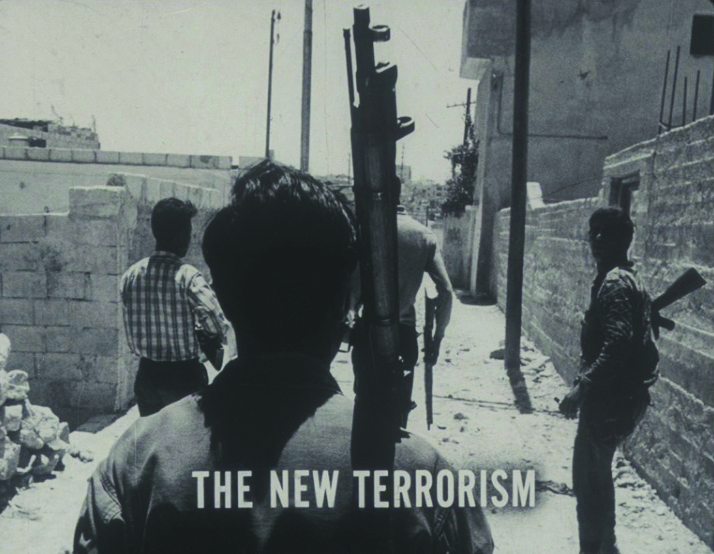
The New Terrorism
2006
11,27min / video and audio Installation
The “The new terrorism” is an educational kit for American schools from the 1970’s. It consists of a strip of photo slides, a one-sided record, a booklet and a game. Using examples of current affairs at the time, the kit was used to teach high school kids about the threat of terrorism. For the work, the film strip was recorded with a video recorder and the footage slowed so the slide show would match the exact length of the album. When played simultaneously the two resources do not synchronise. This de-synchronisation interrupts and suspends the viewer’s reading of the footage. The meaning of the document escapes its original educational- and sensational-intention and the process of creating certain historical narratives becomes evident.
2006
11,27min / video and audio Installation
The “The new terrorism” is an educational kit for American schools from the 1970’s. It consists of a strip of photo slides, a one-sided record, a booklet and a game. Using examples of current affairs at the time, the kit was used to teach high school kids about the threat of terrorism. For the work, the film strip was recorded with a video recorder and the footage slowed so the slide show would match the exact length of the album. When played simultaneously the two resources do not synchronise. This de-synchronisation interrupts and suspends the viewer’s reading of the footage. The meaning of the document escapes its original educational- and sensational-intention and the process of creating certain historical narratives becomes evident.
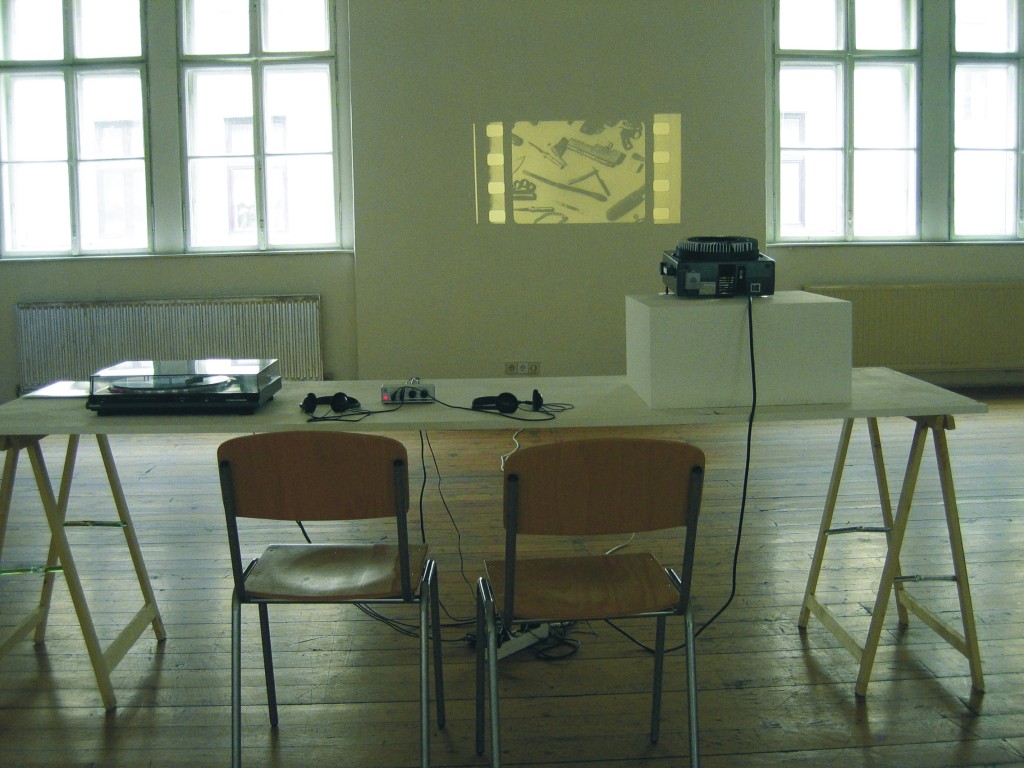
Back
